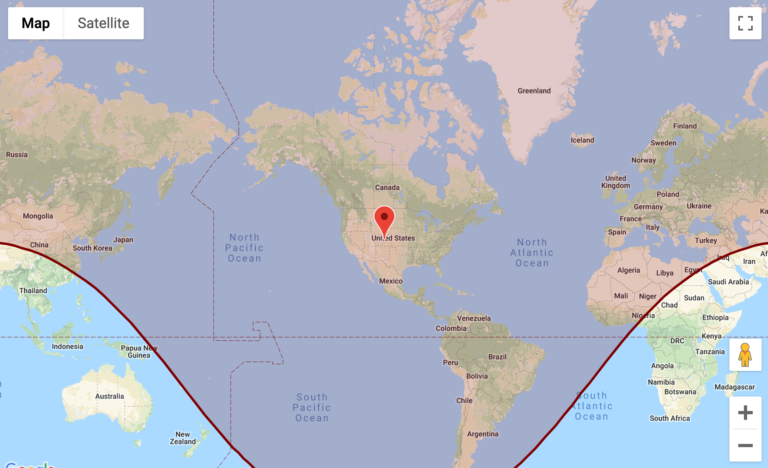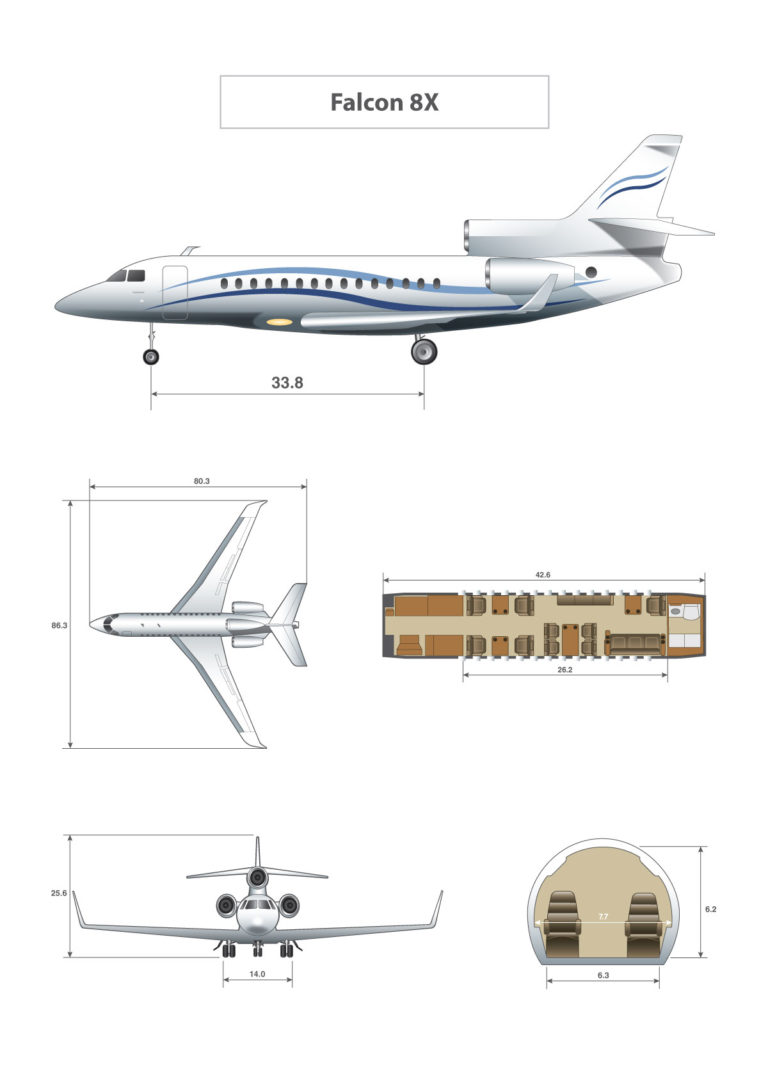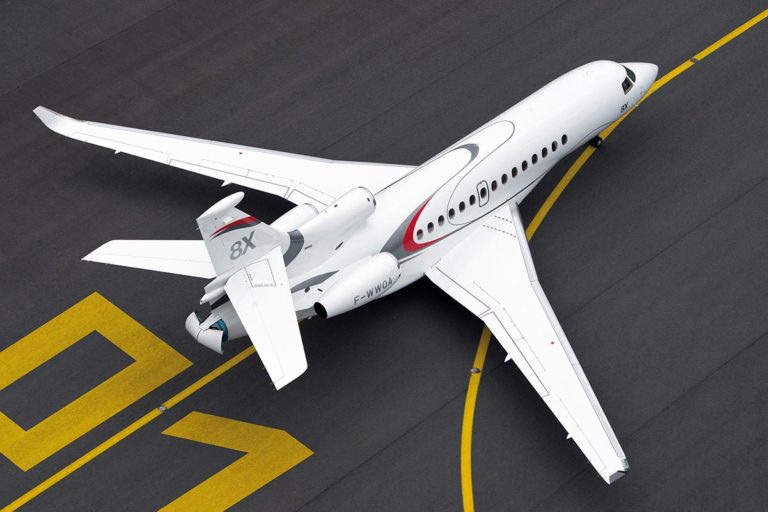The 6,450 nmi (11,945 km) range Falcon 8X was announced at the European Business Aviation Convention & Exhibition in May 2014. Its cabin is 3.5 feet longer than the 7X. With improvements to wing design and improved Pratt & Whitney Canada PW300, the 8X is up to 35% more fuel efficient than its competitors.
The prototype, registered F-WWQA, first flew from Bordeaux–Mérignac Airport on 6 February 2015. The Falcon 8X was added as a subtype of the Falcon 7X on the EASA type certificate on 24 June 2016 as modification M1000 for S/N 0401 and ongoing. Dassault delivered the first Falcon 8X on 5 October 2016 to Greek business aviation operator Amjet Executive. By October 2018, the Falcon 8X FalconEye EFVS was approved by the FAA and EASA for approaches down to 100 ft (30 m), and dual HUD FalconEye will allow EVS-to-land in 2020, without using natural vision.
Seats Full Range (NM / SM): 6130 / 7054
Ferry Range (No Payload) (NM / SM): 6,465 / 7,440
Balance Field Length (Take-off Distance in Feet): 5,675
Landing Distance (Feet): 3,000
Average Block Speed (KTS / MPH): 475 / 547
Normal Cruise (KTS / MPH): 475 / 546
Long Range Cruise Speed (KTS / MPH): 447 / 514
Fuel Usage (Gallons Per Hour): 364.00
Service Ceiling (Feet): 51,000
Useful Payload With Full Fuel (Lbs): 2,150
Maximum Take Off Weight: 73,000
Maximum Landing Weight: 62,400
Basic Operating Weight: 35,200
Total Usable Fuel Weight: 34,900
RANGE MAP

Minimum Crew / Maximum Passengers: 2 / 12
Baggage Capacity External / Internal (Cubic Feet): 25 / 140
Cabin Height (Feet): 6’2″
Cabin Width (Feet): 7’8″
Cabin Length (Feet): 42’8″
Cabin Volume (Cubic Feet): 2038.50
Years in Production: 2016
Active Fleet (approximate): 7

Airframe Maintenance Per Hour: $535.00
Engine / APU Maintenance Per Hour: $714.00
Fuel Cost based on Gallons Per Hour: $1,547.00
Crew Misc.: $542.00
Total Variable Cost Per Hour: $3,338.00
Cost Per NM: $7.03


